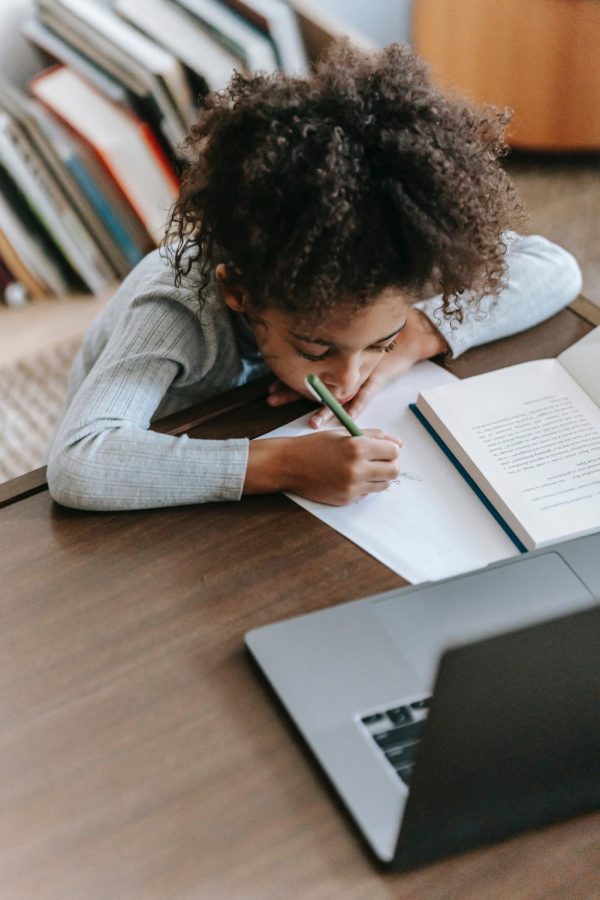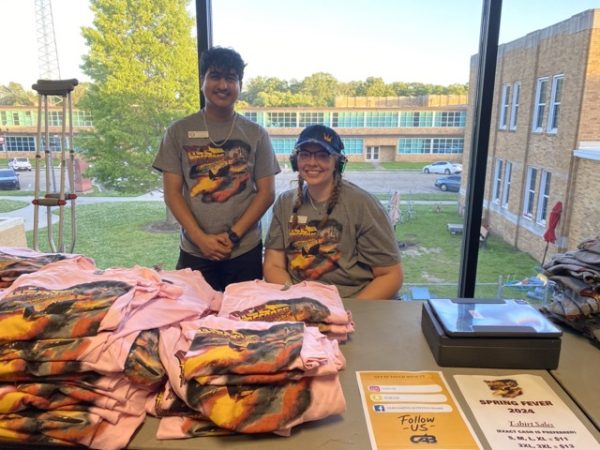Students can bounce back after COVID
September 12, 2022
COVID caused a shake-up in students’ education. Fear of contracting the virus caused schools to shut down and classrooms to move online. Now that most schools have returned to in-person education, researchers are looking at the effects that remote learning had on students.
According to a study done by the National Center for Education, students displayed a five-point drop in reading test scores and a seven-point drop in math test scores. These numbers return scores back to the level they were 20 years ago.
Let’s be honest, this is not a good thing. But we know that already. Instead of looking at the drop in scores, let’s look at the potential for growth and cut these kids and teachers some slack.
These students are not returning to school in the same world they left in. They are learning how to return to normal life just like the rest of us. After some time with their teachers and practice learning the skills they missed, I am sure American students will be ready to succeed.
Think of the remote-learning period like a long summer break. When you come back to school after being out for so long, teachers have to take time to teach the concepts you learned before summer.
According to the National Public Radio, many of these students were out for a year or more. In a perfect world, students would have retained everything they were taught on Zoom, but if you’ve ever been on a Zoom lecture or taken an online class you know that is not the case.
These students just have to go through some review, and we need to give them that time to catch up. We should not be testing them and comparing them to students that came before them.
Test scores are starting to become a thing of the past anyway. ULM’s pharmacy school recently made the PCAT exam optional for admittance rather than required, and many colleges are dropping the requirement for the ACT.
Don’t define students by the years where the world stopped during the pandemic. This country and this world is ready to move past COVID, but we have to give everyone some time and see what needs to be changed.
These students have the unique opportunity to learn in a post-COVID world about the things that were done wrong and create ideas for how their educational experience could have been done differently.
So give these students some time and support, and I am sure the numbers will reflect their hard work.









